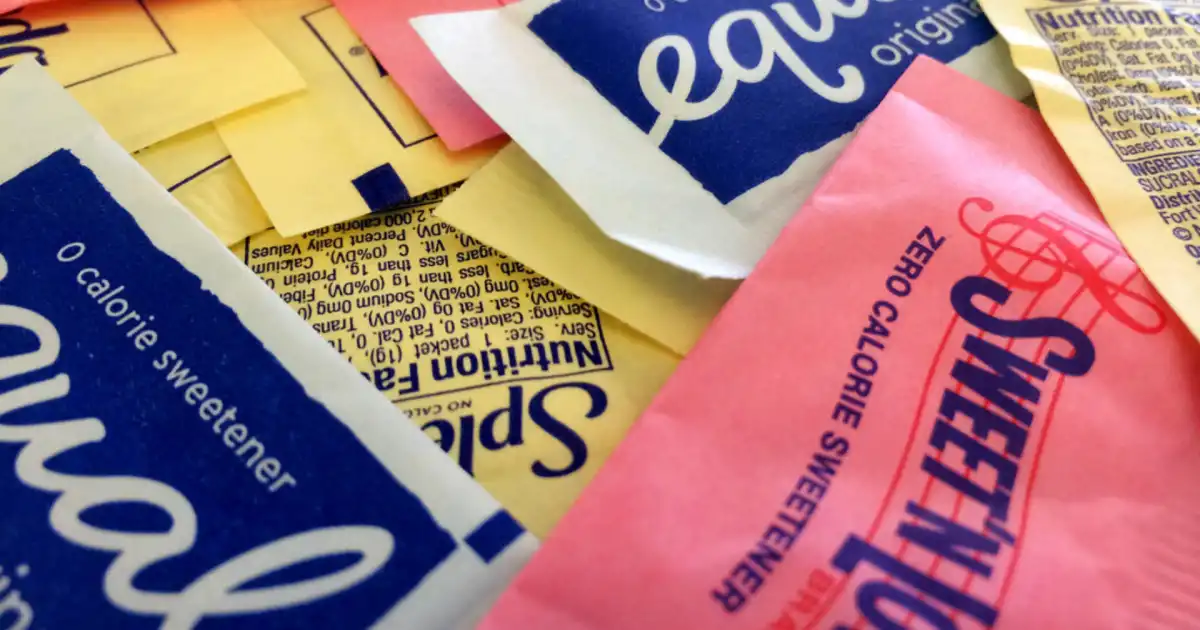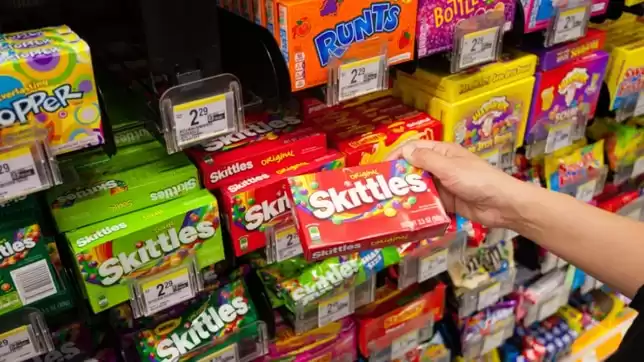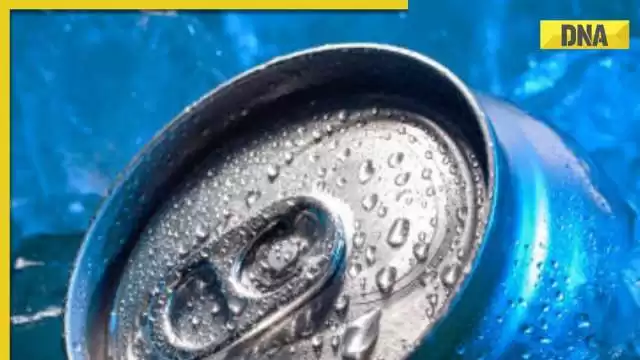
High xylitol levels linked to heart attack and stroke risk
High xylitol consumption linked to heart attacks and stroke. Study urges avoiding sugar alcohols for those at risk. Viral health warning.
7939 NW 21st St
Miami, Florida

High xylitol consumption linked to heart attacks and stroke. Study urges avoiding sugar alcohols for those at risk. Viral health warning.

California becomes the first state to ban red dye No.3 and other dangerous food additives, raising concerns about Skittles.

WHO warns that aspartame in cold drinks may cause cancer.
Ever wonder what makes those flaming hot Cheetos so addictively delicious? Or how that gallon of non-dairy milk can sit in your fridge for weeks without spoiling? Enter the fascinating yet complex world of food additives!
We're talking about those tiny, often mispronounced ingredients listed on our favorite packaged foods. They're riskier than a game of Scrabble with an English professor. But seriously though, what exactly are these so-called food additives?
In its simplest sense, a food additive is any substance added to food to enhance its flavor or appearance, help preserve it, or improve its texture and consistency. It's like adding extra cushions to your sofa: you don't necessarily need them but they make things cozier.
If we were brave enough to dive deep into this topic, we would find news content discussing the latest innovations (glyphs anyone?), controversial debates (goodbye Red 40 dye?) and updated regulations from government bodies like the FDA.
All too often we paint all additives with the same nefarious brush—an overreaction as logical as saying every dog will bite because one nipped at my leg once! There are harmless ones—like vitamin C used as a preservative—and potentially dangerous ones—like artificial colors associated with behavioral issues in children.